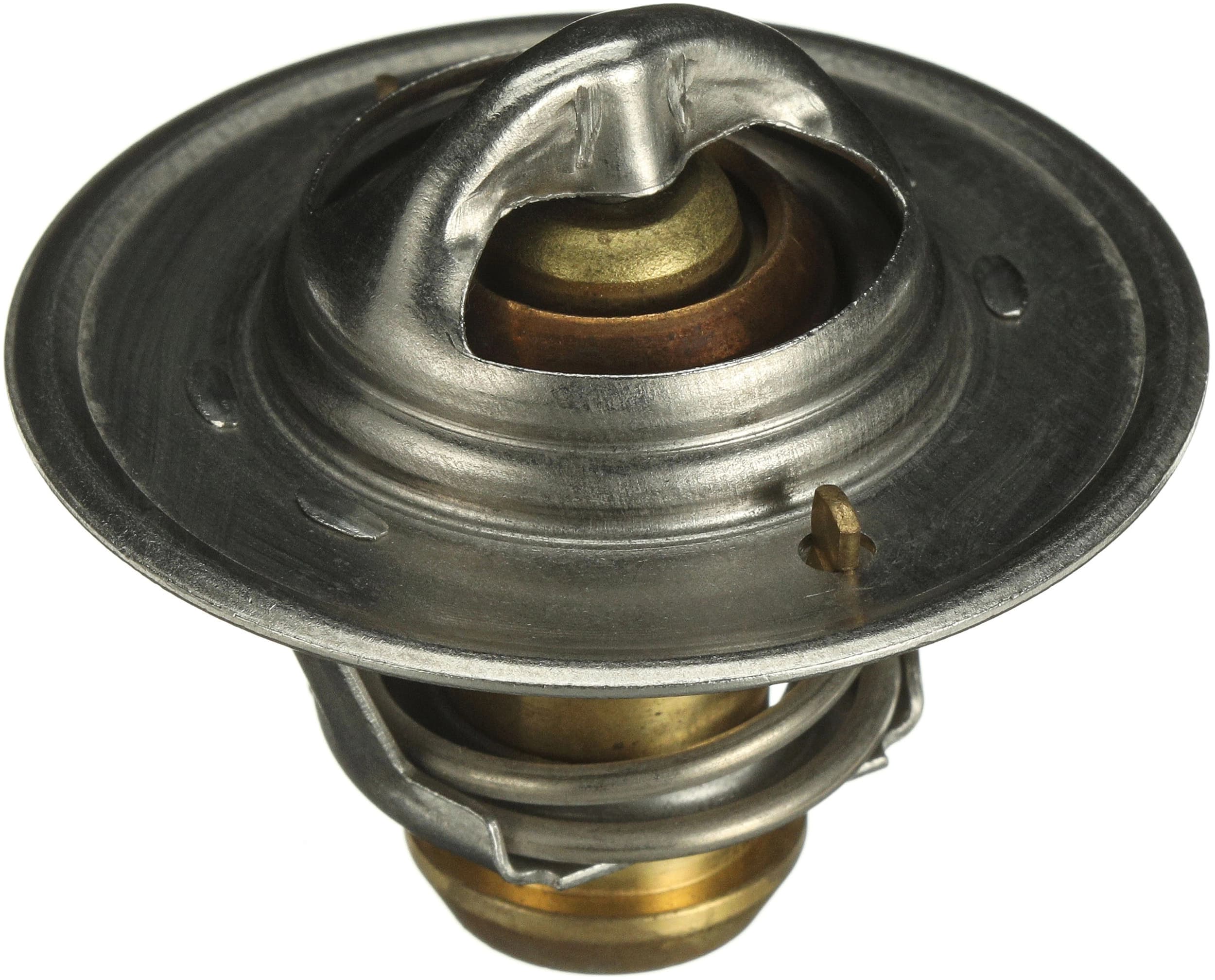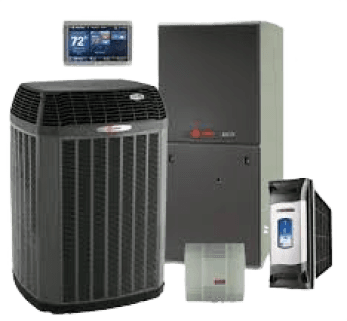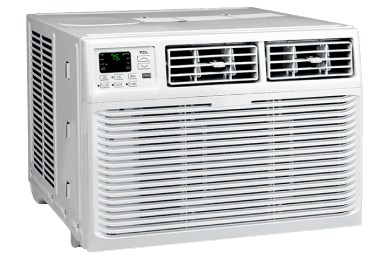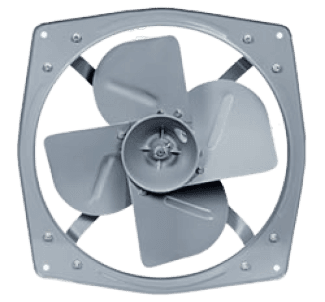| ER-VAB-AT Panasonic ER-VAB-AT is a spare part designed as a flexible tube for specific aut... | Panasonic | | |
| ER-QMS1 Panasonic ER-QMS1 is a mounting accessory designed as an attachment bracket. | Panasonic | | |
| ER-F12A Panasonic ER-F12A is an ionizer designed as a standard type ionizer fan. This au... | Panasonic | | |
| EC-BFX3 Panasonic EC-BFX3 is a spare part designed specifically as an air filter for use... | Panasonic | | |
| EC-B02-EX Panasonic EC-B02-EX is an ionizer designed for benchtop applications, featuring ... | Panasonic | | |
| EC-B01-EX Panasonic EC-B01-EX is an ionizer designed for benchtop applications, featuring ... | Panasonic | | |
| ER-XANT2 Panasonic ER-XANT2 is a spare part designed as a discharge needle unit. | Panasonic | | |
| ER-XACVR Panasonic ER-XACVR is a protection cover designed to shield specific automation ... | Panasonic | | |
| ER-QCC5 Panasonic ER-QCC5 is a connector-attached cable designed for automation applicat... | Panasonic | | |
| ER-FAPS-J2 Panasonic ER-FAPS-J2 is a power supply unit designed to function as an AC adapte... | Panasonic | | |







